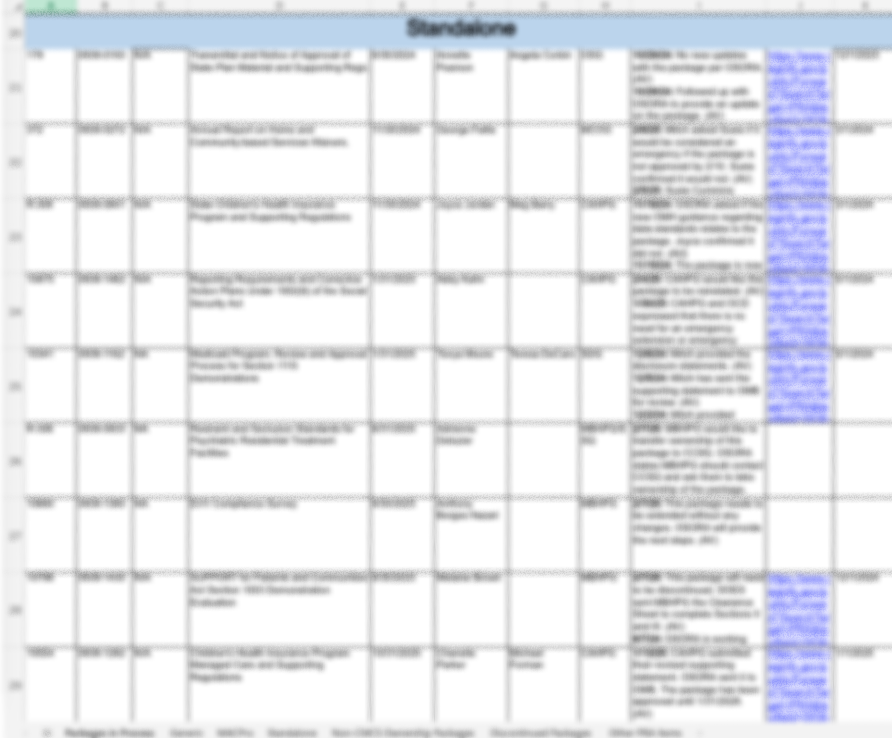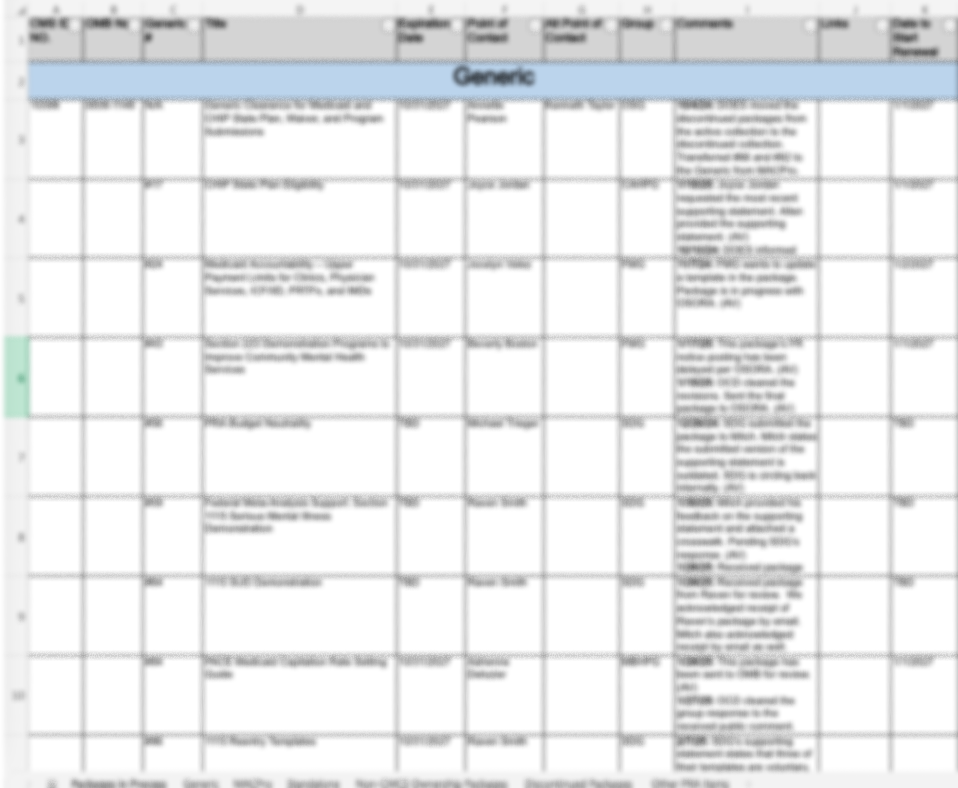Process Automation
Modernizing intake processes to reduce errors and alleviate staff burden

“I had no idea where things were in the process — how many we had, what needed [approval], what didn't. It felt like it was all over the place.”
Summary and Impact
A lapsed clearance put a government program’s data collection efforts at risk. I led service design on a project to modernize enterprise-wide case management tracking and reporting, so that expiring clearances stopped “falling through the cracks.”
In four months, we transformed the tracking system from a manual, unstructured spreadsheet into logic-based workflows with automated reporting and notifications in Salesforce.
The legacy system was deprecated within 30 days of product launch. Adoption expanded at launch from one business group to all seven groups, including 30 divisions and the executive administrator’s office. The tracker now has the potential to be scaled across the broader government agency.
Before: Manual, unstructured data entry and reporting in spreadsheets (content blurred)
After: Full automated reports and notifications and structured data in Salesforce (content blurred)
My Contributions
Discovery and Scoping
I met weekly with a small group of users to observe their current workflows, identify streamlining opportunities, and respond to rapidly changing business rules.
Those conversations and and close collaboration with our policy lead uncovered ways to align the new systems’s reporting and naming with the central oversight agency’s practices.
Mapping the current state and flagging steps to automate through the system
Design and Prototyping
I worked hand-in-hand with users, business owners, researchers, developers, and a policy strategist to co-design the future system’s information architecture, data labels and values, progress bar, automated report displays, and reminder notifications.
Mapping process logic to the future user flow in the system, and aligning the interface to what users expect based on other internal enterprise tools
Testing and Launch
I facilitated usability testing sessions, edited user manuals, and facilitated live trainings with users to support their successful onboarding to the system.
Facilitating an onboarding training at product launch
Lessons
When working rapidly and iteratively, close collaboration across disciplines is essential to develop services that deliver.
If underlying business rules keep changing during the rapid development cycle, the product team needs to work hand-in hand with business owners to stay current and accurate.


